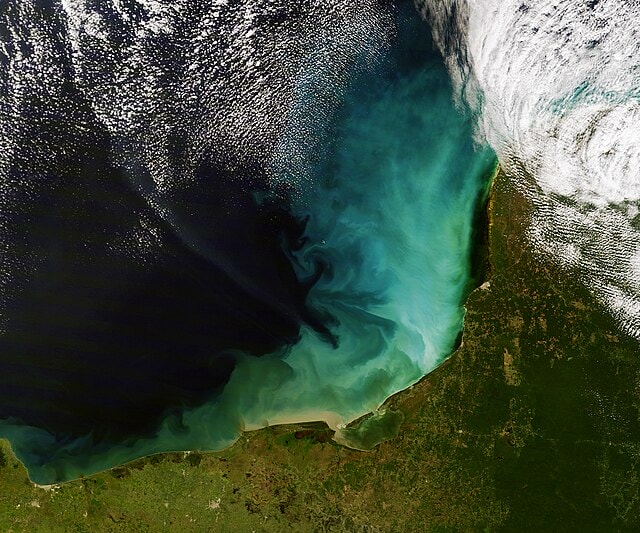In a bid to combat escalating greenhouse gas emissions caused by road transportation, Google has unveiled its innovative new project Green Light, a brainchild of Google Research, aimed at optimizing traffic flow at intersections and curbing stop-and-go emissions.
Traffic congestion at intersections is a major contributor to global and urban greenhouse gas emissions: Pollution levels at these locations can spike to 29 times higher than on open roads.
According to Google’s analysis of Google Maps driving trends, constant stopping and starting of traffic accounts for around half of emissions at intersections.
“[W]e found that by leveraging AI we can reduce these emissions by optimizing traffic lights,” writes Yossi Matias, Google’s Vice-President of Engineering and Research.
How does it work?
As Matias explains, project Green Light “uses AI and Google Maps driving trends to model traffic patterns and make recommendations for optimizing the existing traffic light plans.”
In “as little as five minutes,” city engineers can implement Google’s recommendations without changing current infrastructure and traffic systems.
They can also optimize more than one intersection — the tool can analyze thousands of intersections at once —to create waves of green lights, further reducing stop-and-go emissions and improving traffic flow.
Related articles: Self-Driving Cars Could Pose Huge Environmental Burden | Second-Hand Cars – Out of Sight, Out of Mind | EcoLogistics Principles: A Pathway to Sustainable Urban Freight
“We build an AI-based model of each intersection, including its structure, traffic patterns (such as patterns of starting and stopping), light scheduling, and how traffic and the light schedules interact, and then we also build a model of the interaction between traffic lights,” Google’s Yossi Matias explains, giving the following example:
“[W]e might identify an opportunity to coordinate between intersections that are not yet synced and provide a recommendation around the timing of the traffic lights so that traffic flows more effectively along a stretch of road.”
The results?
Twelve cities around the world are already using Google Green Light, at 70 intersections in total (see map below).

The results, Google says, indicate an impressive potential for up to a 30% reduction in stops and a 10% reduction in emissions at intersections.
The tool can also “save fuel and lower emissions for up to 30M car rides monthly,” just at those 70 intersections where it currently operates.
What’s next for the project Green Light?
“We are working closely with our partner cities to scale to more intersections within each city, and we aim to expand to more locations next year, so that across the world, people can experience cleaner, greener cities,” Google writes, inviting city officials to sign up for the waiting list.
Editor’s Note: The opinions expressed here by the authors are their own, not those of Impakter.com — In the Featured Photo: Traffic emissions. Featured Photo Credit: The European Space Agency.














